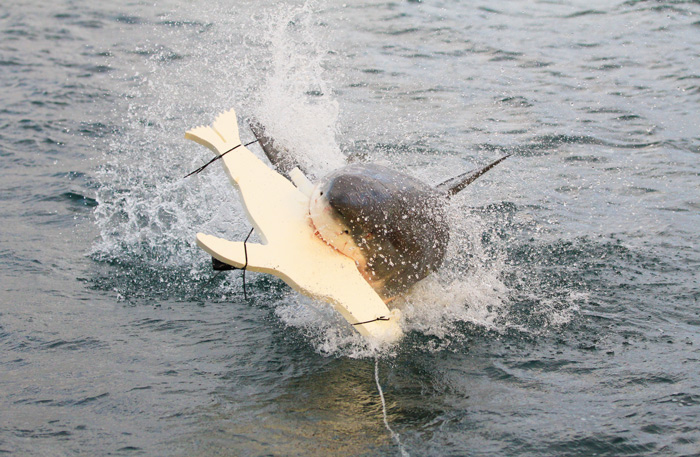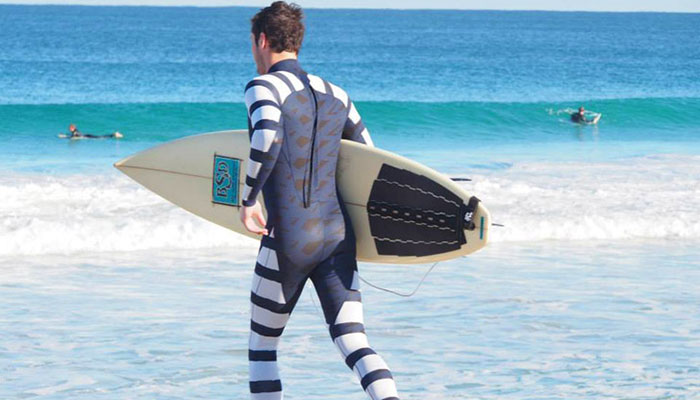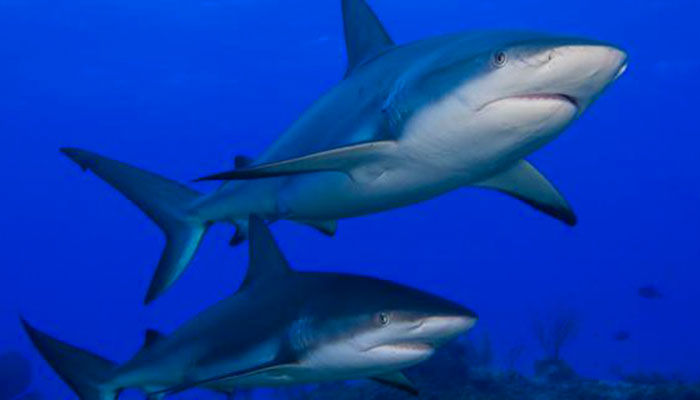Associate Professor Dr Nathan Hart, a comparative neurobiologist, has long been interested in the relationships between ocean predators and their prey, and in particular what and how sharks ‘see’.

Dr Nathan Hart has translated his research into potentially life-saving applications.
“Studying the sensory systems of sharks and what triggers them to attack, and how they might mistake a human for a seal was where it all started,” Hart says. “It’s taken us to the forefront of developing shark deterrents.”
Hart’s team has found that putting lights on the underside of a surfboard may help to hide the silhouette of a surfer from sharks.
Teaming up with industry
Early testing with seal-shaped foam decoys in the great white shark-rich waters off South Africa has shown great promise and the team is now collaborating with a commercial partner, Taronga Zoo and the NSW Department of Primary Industries to refine a design for use on surfboards.
“Pure basic research can sometimes lead to unexpected applications and potentially contribute to life-saving technology,” Hart says.
Studying the sensory systems of sharks and what triggers them to attack, and how they might mistake a human for a seal was where it all started.
He is confident the technology can be applied to anything that floats, including kayaks.
Hart is also behind a team of separate researchers who have developed a shark-deterrent, camouflage wetsuit. They developed the designs based on findings in 2011 that sharks have only one type of cone in their retinas and are therefore likely to be completely colour blind – a surprising discovery, given the vast majority of the other fish in the sea have colour vision.
- Cochlear implants: not just for babies
- The epidemic of workplace unhappiness: new book
- What is a lunar eclipse?

Seal-shaped decoys were towed behind the researchers' boat in the shark-rich waters of Mossel Bay, South Africa.
As well as camouflage wetsuits, which are in contrasting shades of blue, Hart helped the company, Perth-based Smart Marine Systems, develop a striped black-and-white design that effects the look of a sea snake, a banded creature which, anecdotal evidence suggests, some shark species prefer to avoid.
Hart and his team of researchers will head to South Africa again later in the year to continue testing and design improvements.



